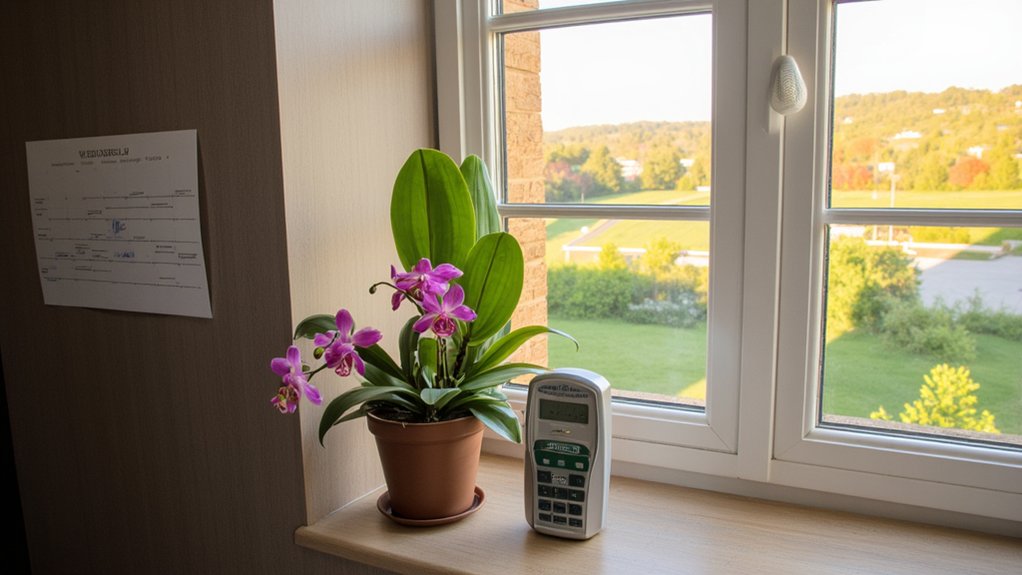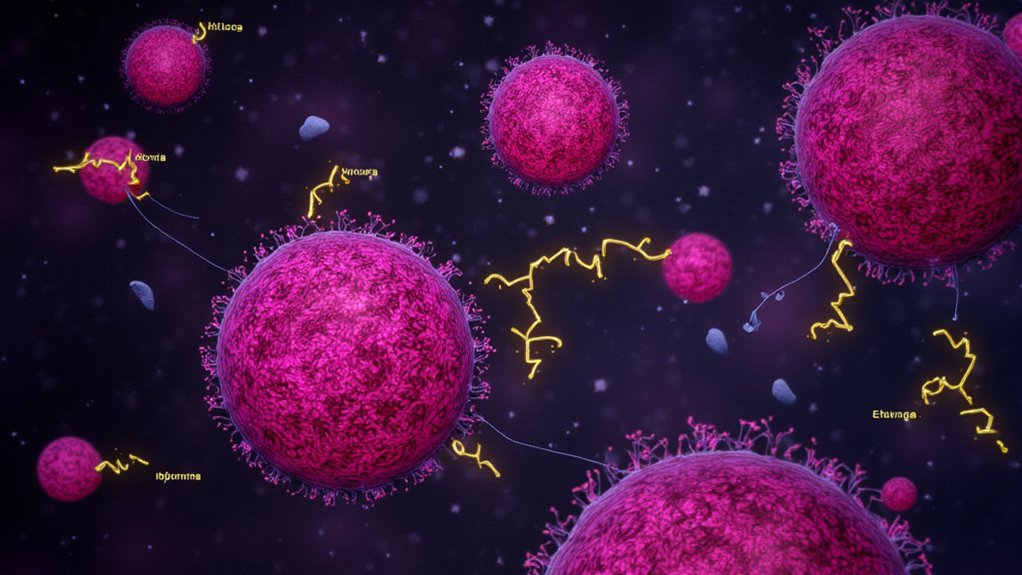Picture a cherry tree bursting into bloom on the first warm day of spring – it’s no accident that this happens at precisely the right moment. You might think plants are simple organisms, but they’ve got an impressive internal clock that rivals your smartphone’s calendar. They’re tracking time through circadian rhythms, measuring daylight hours, and responding to environmental signals with remarkable precision. Let’s explore how these botanical timekeepers orchestrate nature’s most colorful shows.
Contents
The Plant’s Internal Clock: Understanding Circadian Rhythms

Just like your body follows a natural daily rhythm, plants have an internal clock called a circadian rhythm that helps them track time. This biological timekeeper operates on roughly 24-hour cycles, controlling essential processes like photosynthesis, leaf movement, and growth patterns.
You’ll notice that plants respond to environmental cues, particularly light and temperature. Their circadian clock helps them anticipate daily changes, preparing leaves to capture sunlight before dawn and closing flower petals as evening approaches. Within plant cells, specific proteins rise and fall in concentration throughout the day, orchestrating these precise timing mechanisms.
Measuring Day Length: The Science of Photoperiodism

While your internal clock helps regulate daily rhythms, plants take time measurement to another level through photoperiodism – their ability to track day length throughout the seasons. They do this through specialized proteins called phytochromes that detect red and far-red light.
When days grow shorter in fall, “short-day” plants like chrysanthemums and poinsettias initiate flowering. Conversely, “long-day” plants like spinach and lettuce bloom when days extend beyond 12 hours. Some plants, called “day-neutral,” flower regardless of day length.
Most plants measure darkness rather than light, using a process called the “dark period requirement” to determine when conditions are right for flowering.
Chemical Messengers: Hormones That Signal Time

Plants rely on an intricate network of hormones to translate environmental signals into timely biological responses. You’ll find that these chemical messengers, particularly gibberellins and auxins, work like molecular alarm clocks in the plant’s system.
When day length changes, a protein called CONSTANS triggers the production of florigen, the flowering hormone, in the plant’s leaves. It’s fascinating how this hormone then travels through the plant’s vascular system to the shoot tips, where it initiates the flowering process.
The timing has to be perfect – if these hormones are released too early or too late, you’ll see disrupted growth patterns and irregular blooming cycles.
Environmental Cues That Regulate Plant Timing
In nature’s complex orchestra, environmental signals act as conductors, directing the precise timing of plant behaviors. You’ll find that daylight hours, temperature changes, and seasonal shifts serve as primary cues that trigger essential plant responses.
When you observe plants closely, you’ll notice they’re responding to photoperiod – the relative length of day versus night. Some plants won’t flower until they’ve experienced 12+ hours of darkness, while others need extended daylight exposure.
Temperature plays its part too. Many seeds won’t germinate until they’ve experienced a cold period of 30-45 days, a process called vernalization that guarantees spring sprouting.
The Evolutionary Journey of Plant Timekeeping
Throughout millions of years of evolution, nature’s timekeeping mechanisms have become increasingly sophisticated in the plant kingdom. You’ll find that early plants likely responded only to simple light-dark cycles, while today’s plants can track seasons, predict weather patterns, and coordinate flowering times with remarkable precision.
If you examine the fossil record, you’ll notice that the first land plants from 470 million years ago developed basic circadian rhythms. As plants colonized diverse environments, they’ve fine-tuned these internal clocks through natural selection. Today’s plants can integrate multiple environmental signals, from day length to temperature, creating complex timing systems that maximize their survival chances.
